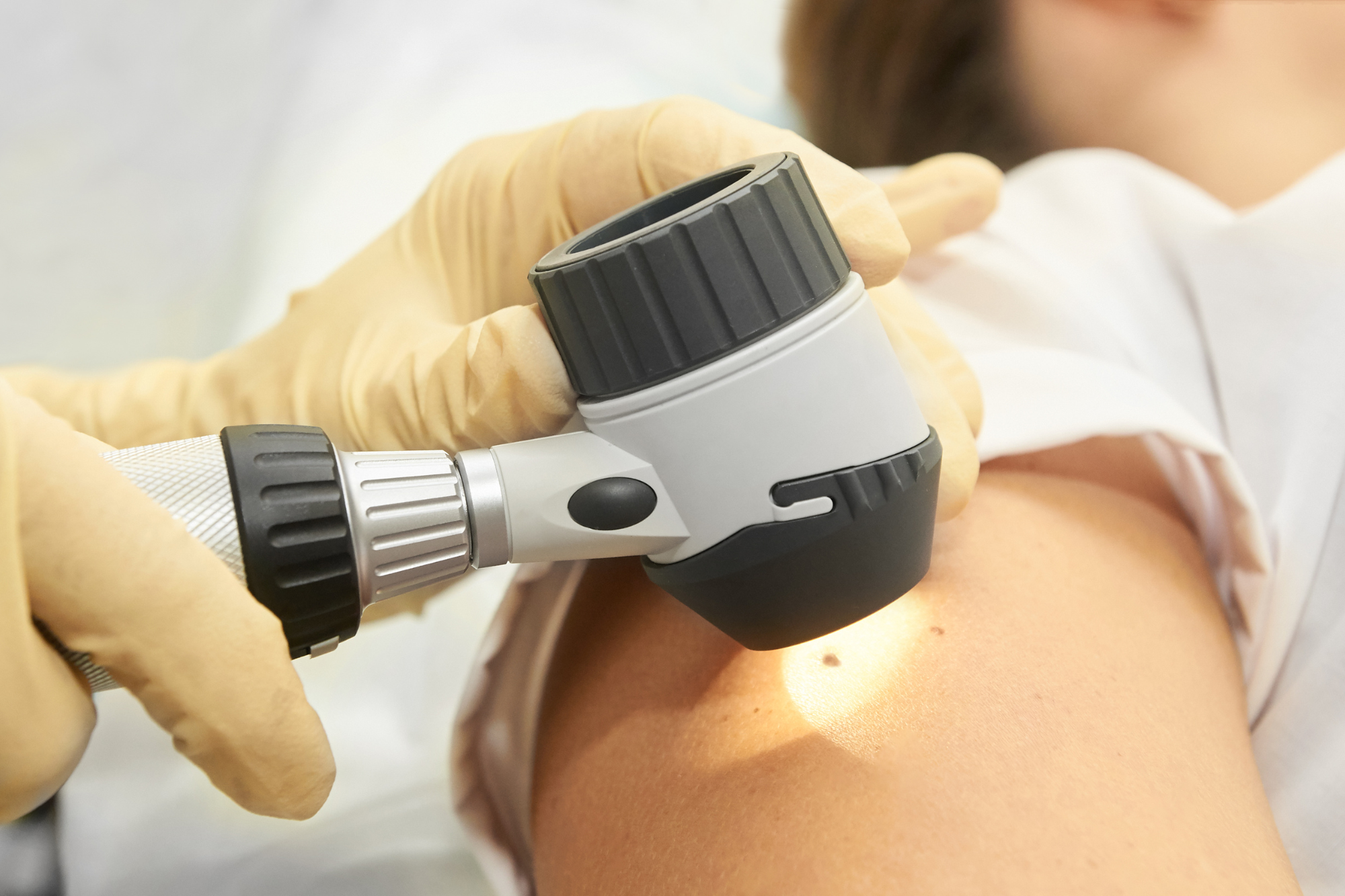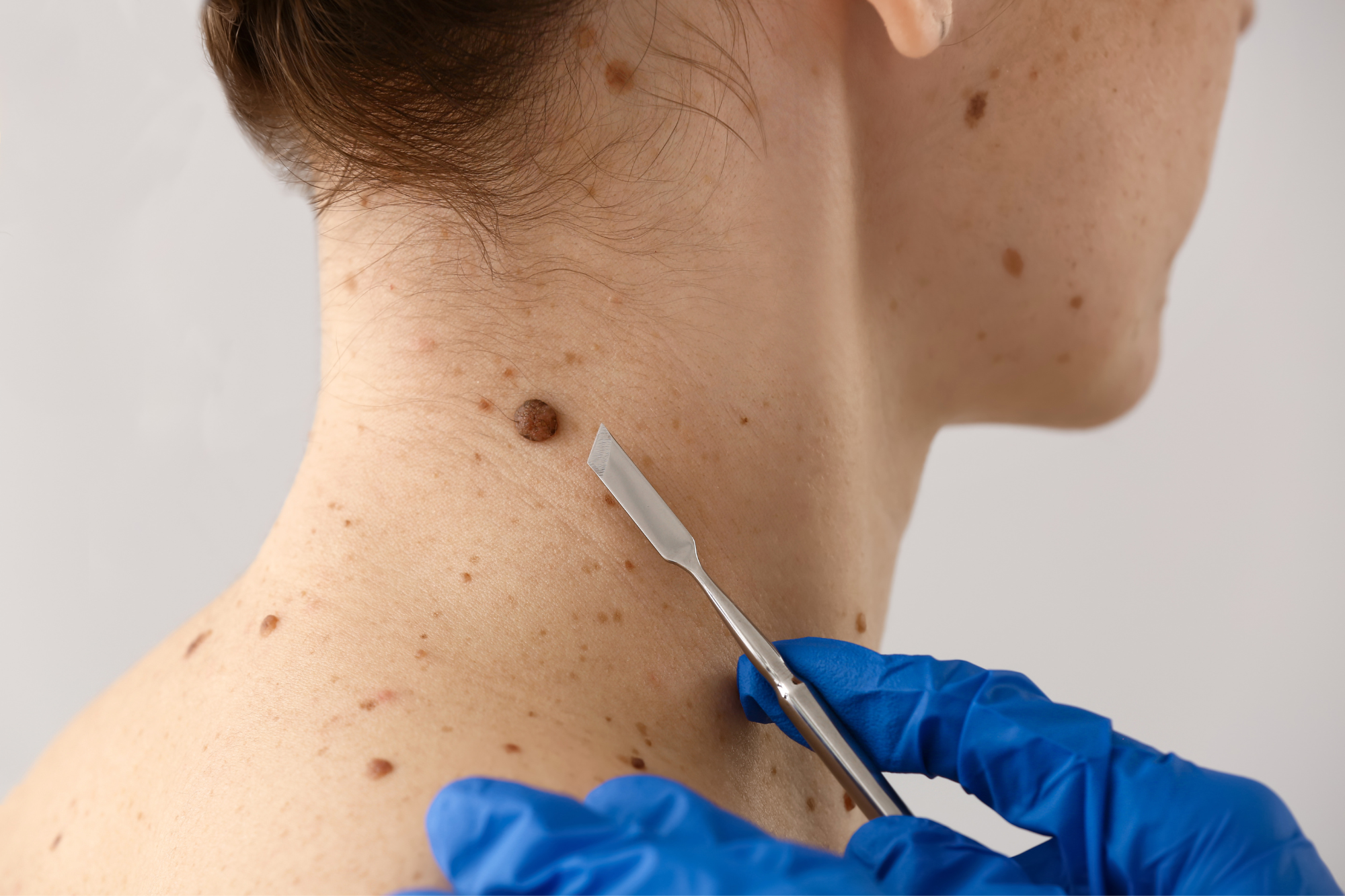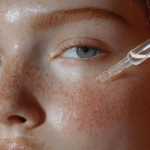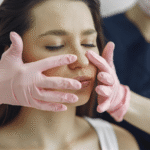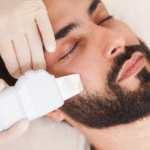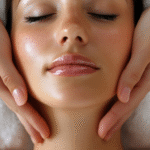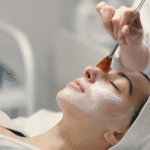Best Mole & Wart Removal Clinic
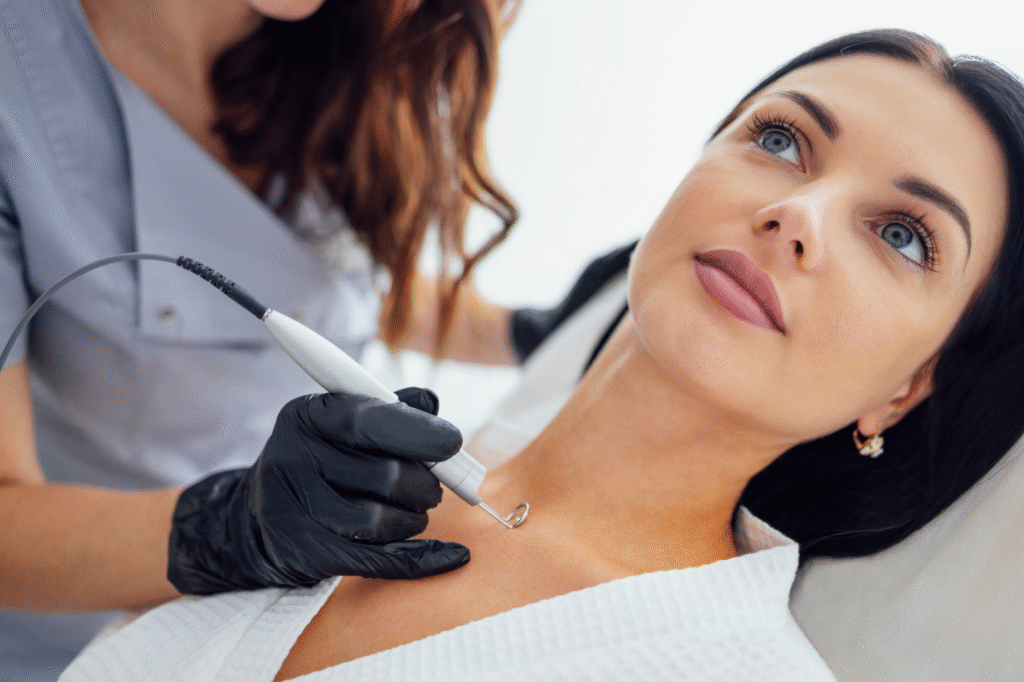
Aren't you tired of those unsightly messes of moles and warts on your beautiful skin?
No one likes to cover their skin with ugly moles and warts. Studies show mole removal makes you more attractive, and people see that moles and warts detract from your beauty by either being raised or discolored. You should get the best quality mole/ wart removal treatment to remove those unsightly growths.
What is a Mole?
Moles are a standard type of skin metamorphosis. They often appear as tiny, dark brown spots formed out as clusters of pigment-forming cells (melanocytes). Many commons have at least 10 to 40 moles during childhood and adolescence and may change their appearance or fade over time.
Causes
Moles are induced when cells called melanocytes in the skin grow abnormally in clusters. Melanocytes are found throughout the skin and are the primary reason for producing melanin, the natural pigment that gives skin its color.
Complications
Melanoma is the major complication of moles. Few exceptionals have a higher-than-average risk of their moles becoming cancerous and developing into melanoma. Factors that influence melanoma risk to increase:
Large moles by Birth: Some newborn babies bear the large moles in their body, also known as congenital nevi. For an infant, such moles are classified as significant if they’re more than 2 inches in diameter. Such moles have more significant tendencies to evolve as cancerous.
Unusual moles. Large moles and irregular shapes are generally atypical (dysplastic) nevi. They occur due to genetics and tend to run in families.
Numerous moles. Inducing more than 50 moles within one’s body indicates an increased risk of melanoma and possibly breast cancer.
Family history of melanoma. If you earlier have had melanoma, you probably are at increased risk of a mole becoming cancerous. In addition, if your ancestor had types of atypical nevi that lead to a genetic form of melanoma.
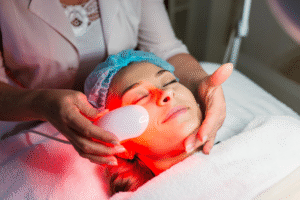
Maira Wellness
Your go-to Wellness Clinic
Have Any Question?
- (+91) 9620762625
- support@mairawellness.com
Book An Appointment

What is a Wart?
Warts are tiny, rough, hard growths similar in color to the rest of the skin. They do not show any symptoms, except when on the bottom of the feet, where they may be painful. One or many warts may appear. While they typically occur on the hands and feet, they can also affect other locations. As well they are not cancerous.
causes and risks
When skin gets infected by human papillomavirus (HPV), it causes Warts to show on the skin. Certain factors increase the risk of Warts, those include;
- The use of public showers and pools
- working with meat
- eczema
- weak immune system
The virus intervenes in the body through punctured skin. [1]. Several types exist, including “common warts,” plantar warts, “filiform warts,” and genital warts. Genital warts are often Sexually transmitted.

